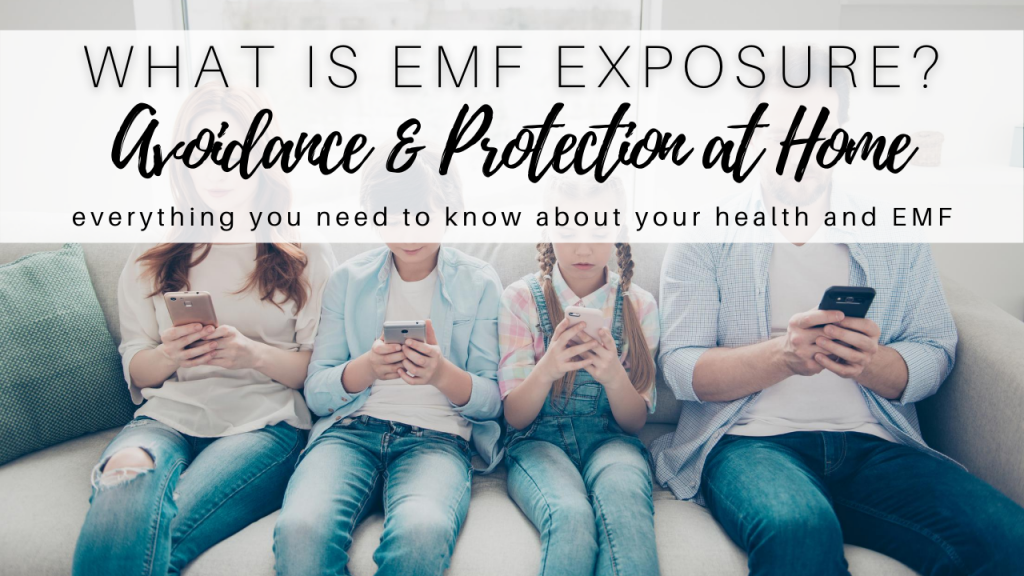Internet service providers are increasingly using 5g cell towers, a new novel kind involving antenna. They could be constructed considerably more densely and have more capabilities than 4-g towers.
There is definitely growing worry throughout many communities these buildings may present health risks to locals. Health, private space, and aesthetics are generally legitimate areas of worry.
They're Much Larger
As the radio waves utilized by 5G are better in frequency than patients used by 4G, more transmission towers are essential. What this particular means is that will more radiation may well be released in the atmosphere.
Communities with HOAs, company owners, real estate investors, and the ones worried regarding their health just about all have a great deal to lose in the event that this continues. That they are worried that the increased number involving 5G towers would certainly have a negative result on property costs and people's health and fitness.
To solve this particular problem, we need to modify our mode involving communication and switch to utilizing wireless Internet rather than cell networks. This is not going to occur immediately, nevertheless it will take place.
Okay, but exactly how exactly are we going to perform that? About what ways might we increase safety? The perfect solution is comprised in an exceedingly cell system in the form of a piece of technology referred to as tiny cells.
To put it simply, they cost considerably more.
Anyone who has ever resided in a city have likely seen typically the massive cellular gear towers that perched atop various masts and buildings. is 5g dangerous may be 4G cell systems, and they assist the city by displaying wireless network alerts.
They range within height from 50 to 200 feet and are intended to be aesthetically unobtrusive by being built in keeping with their atmosphere. In order to provide wide-area assistance, 5G technology wants a significantly denser tower coverage as compared to 4G did.
Thick cell sites could possibly be challenging to retain up due to regular connectivity and substantial speeds they have to provide. Hence, these towers are more costly than others involving their kind.
That makes sense regarding tower owners plus mobile network providers to organize for typically the arrival of new solutions by upgrading their very own existing masts to 5G. You could broaden the site's features and attract extra customers by utilizing these latest technologies.
That they Provide a Better Risk
To exactly what extent are 5G Towers detrimental, and even why
More radio frequency (RF) the radiation is emitted simply by 5g towers, which is a main cause of worry. The reason for for the reason that a greater denseness of installation is required to offer complete coverage.
However the RF surf emitted by cell phone towers may tenderize chemical links within DNA, which may harm cells plus even cause malignancy, without ever harming DNA directly or even heating bodily cells.
Concerns have been raised about the particular potential health threats connected with living throughout close proximity to a 5g tower.
is 5g dangerous 's because 5G towers tend to be located in close closeness to residential areas and educational establishments, making them constantly transmit RF signals. Within other words, they will be closer than ever before before, making it more probable your body will absorb typically the radiation they give off.
Simply Said, They're Not Required
To send data, 5G sites will use millimeter waves, an up to this point unused portion involving the radio spectrum. how dangerous is 5g (only 1? 10mm) in addition to high frequency (they may carry more energy) make them superior to longer-wavelength radio surf.

If 5G is likely to deliver on it is promise of lightning-fast downloads and negligible lag in reply times, then a great extensive infrastructure regarding cell towers is usually essential. Covering cities, highways, commercial districts, universities, and still farmland calls with regard to a dense community of cell systems.
Yet alternative methods exist to deliver rapid internet to densely populated places. Constructing a network involving tightly spaced tiny cell stations is usually one approach in order to filling up dead areas in mobile telephone service.
Yet where these little tissues will go and how they will effect inhabitants is the huge worry. Citizens and municipal governments alike are searching for possible countermeasures to these installs.
